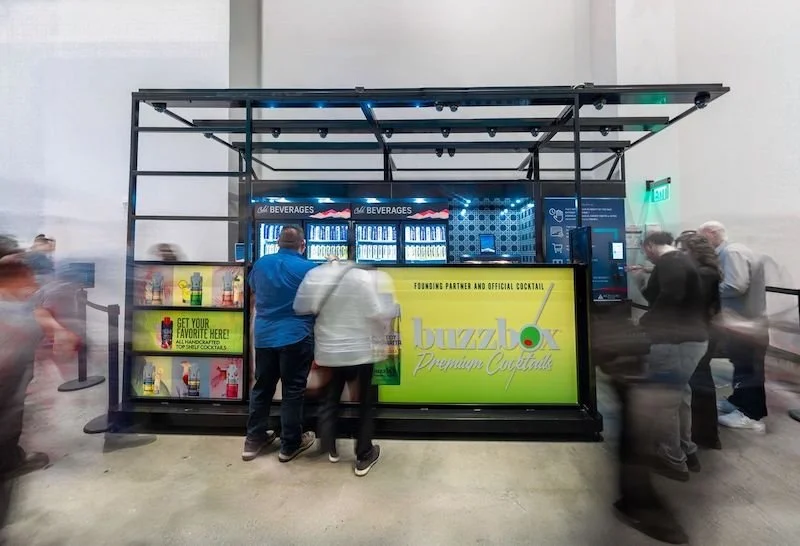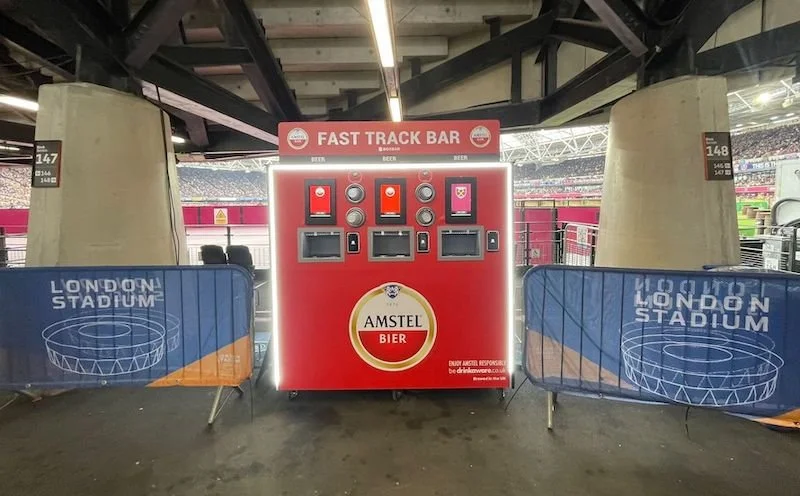Gamification revolutionising retail marketing
Gamification is rapidly transforming the retail sector, introducing an innovative approach to enhancing customer experiences. This concept borrows the engaging and interactive elements of gaming, applying them to the retail environment to captivate and retain customers.
Through this strategy, retailers are seeing increased customer engagement and loyalty, as shoppers enjoy a more dynamic and interactive buying journey.
Additionally, gamification allows businesses to gather insightful customer data, helping to tailor future marketing strategies and product offerings more effectively.
Understanding gamification in retail
In retail, gamification involves integrating game-like elements such as points, challenges, and rewards into shopping experiences. It’s more than just a marketing tactic, it's about creating an immersive and interactive environment that encourages customers to engage more deeply with the brand.
This approach transforms shopping into a fun, engaging activity, encouraging repeat visits.
Gamification taps into customers' competitive spirit with leaderboards or exclusive offers for achieving certain tasks. It is also about creating unforgettable experiences, building a community around a brand, and making every visit special.
Successful gamification strategies used in retail
Several retailers have effectively incorporated gamification strategies. For instance, Domino's Piece of the Pie Rewards uses a rewards system where customers earn points for purchases, which can be redeemed for free pizza.
Similarly, Nike's gamified fitness app, Nike Run Club, motivates users to reach fitness goals, fostering brand loyalty through a shared experience of achievement and progress.
Another successful example is Sephora's Beauty Insider programme, which offers points for purchases that unlock exclusive rewards and experiences. This strategy not only incentivises purchases but also creates a sense of belonging among customers.
It's a smart blend of rewarding loyalty while enhancing the overall shopping experience with a touch of exclusivity.
The role of digital technology in gamification
Digital technology is the backbone of successful gamification in retail. Mobile apps and online platforms are important in implementing these strategies.
A parallel can be drawn to online gaming platforms, where engaging features like 32red free spins captivate users. These digital tools enable retailers to create personalized and memorable experiences, driving deeper customer engagement.
Digital technology enables real-time feedback and rewards, making shopping more dynamic. Retailers use insights to offer timely deals and challenges, increasing the appeal of returning.
This constant interaction builds a stronger connection with customers, making every purchase part of a larger, more engaging shopping journey.
The impact of gamification on customer loyalty and sales
Gamification has an enormously positive effect on customer engagement and sales. Gamification turns shopping into an enjoyable and satisfying experience that encourages repeat visits and long-term loyalty from customers.
Retailers who employ this tactic have reported increased sales, improved engagement rates, and better brand perception, making gamification a vital strategy in today's highly competitive market.
This also helps in gathering valuable customer data. By tracking interactions and achievements, retailers gain insights into shopping behaviours and preferences. This information is crucial for tailoring marketing efforts and product offerings, ensuring they resonate better with the target audience.















Continue reading…